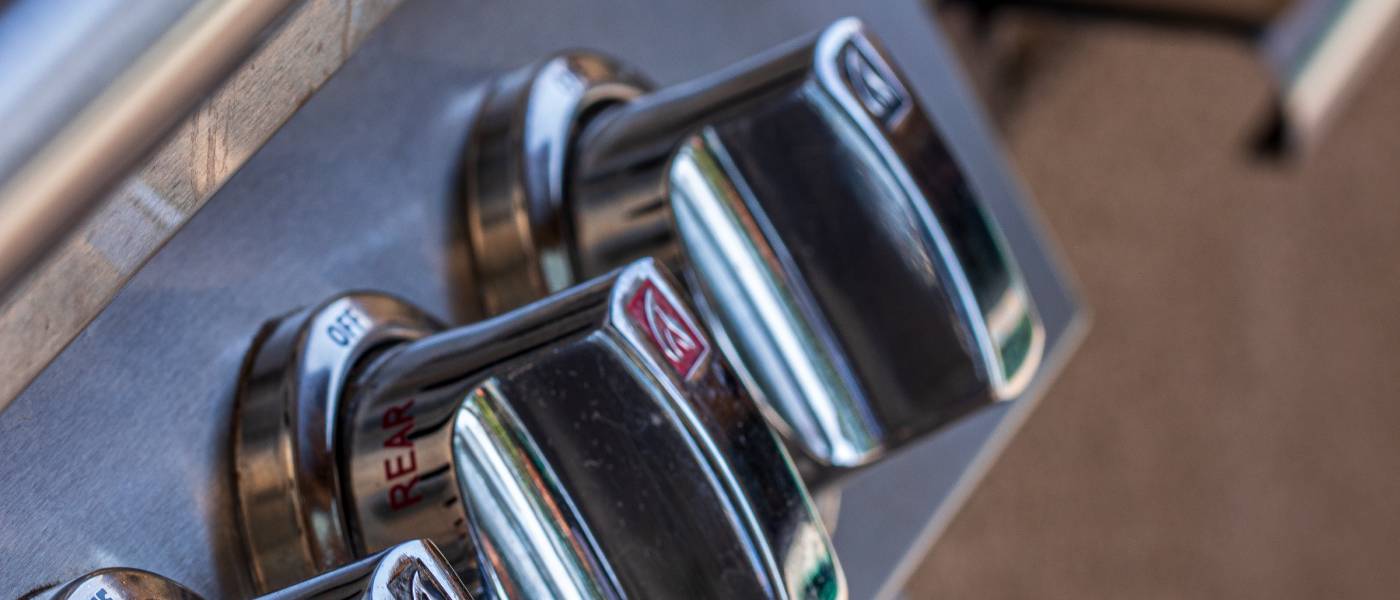If you’ve ever struggled with controlling heat on a propane grill, this guide is for you.
When it comes to propane grilling, controlling the heat is the key to achieving mouthwatering results. But while propane grills heat up in no time, keeping that heat steady isn’t always straightforward. Things like wind and outdoor temperatures can throw a wrench in your grilling plans.
Whether you’re searing steaks or slow-cooking ribs, understanding how to manage your grill’s temperature can make cooking easier and improve the food’s texture. Learning to master your propane grill doesn’t just improve the food—it transforms your entire outdoor cooking experience. With a few simple techniques for controlling heat on your propane grill, you’ll become the grill master everyone envies.
Always Preheat the Grill
Preheating your propane grill is a crucial task that ensures that the cooking surface reaches the desired temperature, reducing the chances of sticking and promoting even cooking. By preheating, you also get the added benefit of any residual bacteria being burned off, keeping your food safe. To preheat, start by lighting the grill and setting all burners to high. Allow around 10–15 minutes for the grill to reach the right temperature.
While preheating will help your food cook faster, if you’re cooking a thicker cut of meat, use a meat thermometer to make sure it reaches a safe internal temperature. But if you’re camping and want to simplify cooking, you can grill meat faster by cutting it into smaller pieces. In fact, one of the best tips for packing food for a camping trip is to prep ingredients at home, such as cutting meats down into more manageable bits.
Experiment With Burner Settings
You don’t have to maintain an even level of heat across the entire cooking surface. In fact, using different heat zones is an effective way to cook different types of food at the same time or to keep some foods warm while others cook. Using one or two burners while leaving others off can create different heat zones for varied cooking requirements.
If you’re cooking large cuts of meat or want to roast ingredients slowly, you can turn off the burners directly under the food but keep the surrounding burners on. This method uses indirect heat to cook the meat evenly without burning the exterior. It retains moisture, resulting in a tender and juicy finish.
Protect the Flame
Shielding the grill flame from wind and elements is vital for controlling heat on a propane grill. Gusts of wind can cause the flame to flicker or go out, resulting in uneven cooking and heat loss. A wind helmet is one of the best gifts to give someone who loves to grill because it will keep the flame hot and focused.
Additionally, check the grill lid to ensure it closes snugly, as a tight seal protects the flame from the environment. Regularly clean your grill to prevent blockages in the burner ports that might disrupt the flame.
Conclusion
By preheating the grill, experimenting with burner settings, and shielding the flame from the elements, you can master cooking on a propane grill. The right temperature ensures food cooks efficiently without being underdone or overcooked. Use these tips to develop complex taste profiles and appealing aromas in your grilled meals.


